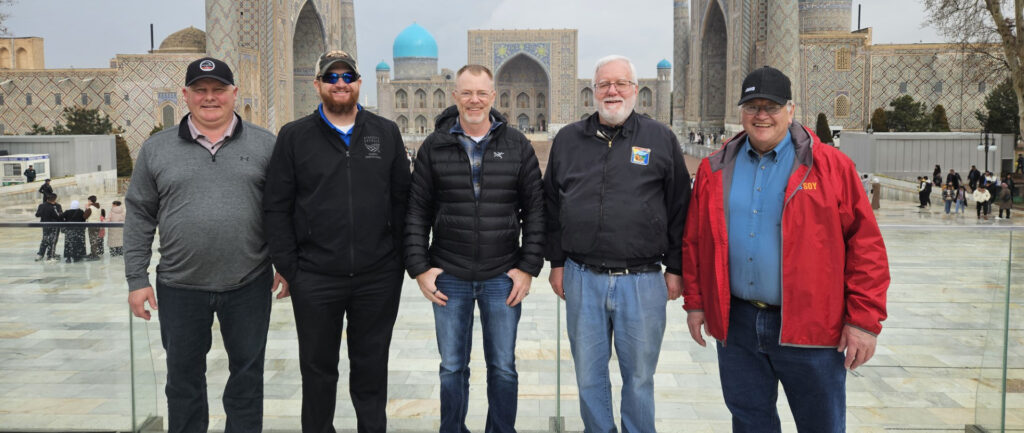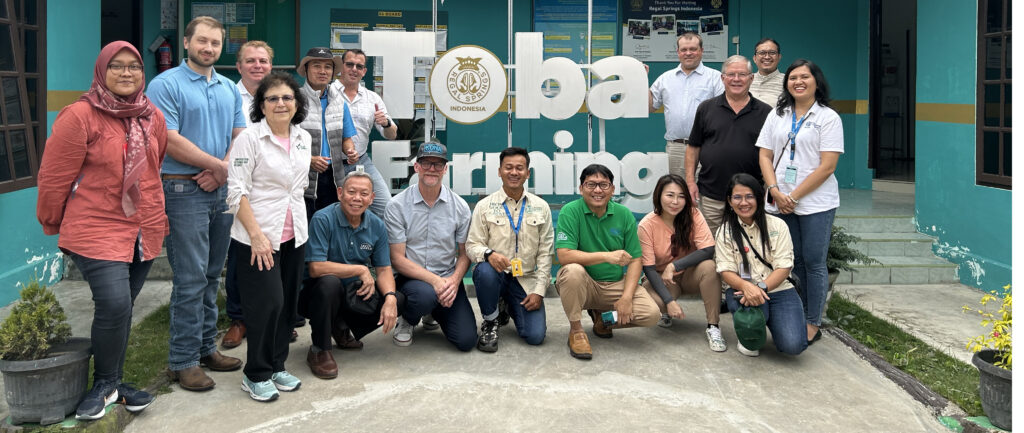In late September, the Trump administration announced its plans to sign what it calls a “mini” trade agreement with India by the end of the month, bringing more assurance to growers across the country.
“This is welcomed news to soy growers and something that we have continued to work on this year,” says Kim Nill, director of market development with the Minnesota Soybean Research & Promotion Council (MSR&PC). “Tackling trade barriers to open up new markets is how we start to have more depth in our export numbers.”
For years, U.S. companies have wanted to export identity-preserved (IP) soybeans to Indian food manufacturers, but the lack of a nonzero low-level presence (LLP) threshold of GMO IP soybeans has held these exports back.
“The current zero threshold of GMO soybeans is not scientifically based, and therefore contravening to the World Trade Organization (WTO) rules,” Nill says. “It is physically impossible to receive zero percent mix-in because something as simple as the soil can cause false-positives, delaying the shipment or event rejecting it all together.”
To aid in the development of this new trade deal, MSR&PC submitted written comments to the U.S. Trade Representative (USTR) office voicing the concerns of soybean farmers. Unlike the recent U.S.-Japan trade agreement, which followed MSR&PC CEO Tom Slunecka testifying in front of the USTR, this “mini” trade agreement with India is moving much quicker without a formal hearing.
“While we knew this was fast moving, we gathered what we could and sent our concerns to the USTR,” Nill says. “Published news articles and a written testimony was all that was needed to spark the conversation about a GMO mix-in. This continues to be an insurmountable trade barrier for the U.S. and we hope this mini trade agreement will summon some of those concerns.”
Previously, MSR&PC’s soy partner, the Specialty Soya and Grains Alliance (SSGA), submitted written comments and testified against China’s analogous nonzero LLP threshold food-soybean trade barrier during a USTR hearing on Oct. 2. As a direct result, USTR is starting the conversation with India and other countries with the same trade barrier.






